News
Erin Linebarger Receives NSF Graduate Fellowship
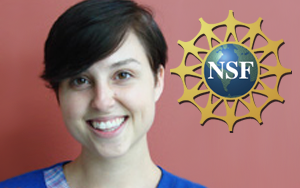 Congratulations to Erin Linebarger on receiving an NSF Graduate Fellowship. Erin's current research focus is on uncertainty quantification and probability.
Congratulations to Erin Linebarger on receiving an NSF Graduate Fellowship. Erin's current research focus is on uncertainty quantification and probability. The purpose of the NSF Graduate Research Fellowship Program (GRFP) is to help ensure the vitality and diversity of the scientific and engineering workforce of the United States. The program recognizes and supports outstanding graduate students who are pursuing research-based master's and doctoral degrees in science and engineering. The GRFP provides three years of support for the graduate education of individuals who have demonstrated their potential for significant achievements in science and engineering.
Nina McCurdy Receives NSF Graduate Fellowship
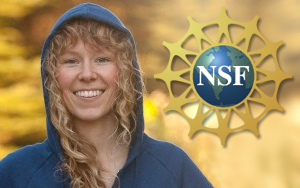 Congratulations to Nina McCurdy on receiving an NSF Graduate Fellowship. Nina's current research focus is on developing visualization tools for the humanities.
Congratulations to Nina McCurdy on receiving an NSF Graduate Fellowship. Nina's current research focus is on developing visualization tools for the humanities. The purpose of the NSF Graduate Research Fellowship Program (GRFP) is to help ensure the vitality and diversity of the scientific and engineering workforce of the United States. The program recognizes and supports outstanding graduate students who are pursuing research-based master's and doctoral degrees in science and engineering. The GRFP provides three years of support for the graduate education of individuals who have demonstrated their potential for significant achievements in science and engineering.
SIAM CSE15: Record Attendance
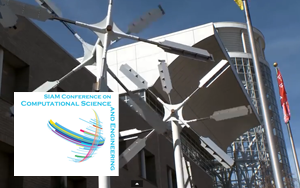 The SIAM CSE15 Co-Chairs: Hans De Sterck (University of Waterloo), Chris Johnson (University of Utah), and Lois Curfman McInnes (Argonne National Laboratory) are happy to report the conclusion of a successful SIAM Computational Science and Engineering (CSE) 2015 Conference.
The SIAM CSE15 Co-Chairs: Hans De Sterck (University of Waterloo), Chris Johnson (University of Utah), and Lois Curfman McInnes (Argonne National Laboratory) are happy to report the conclusion of a successful SIAM Computational Science and Engineering (CSE) 2015 Conference.We were happy to see many of you at the 2015 SIAM Conference on CSE which took place in Salt Lake City during the past week. With 1,700 registered participants, the conference set a new attendance record for a SIAM conference.
There were 9 invited talks, 300 minisymposium sessions, 6 featured minisymposia, 100 contributed presentations, 4 panel discussions, two minitutorials, and 300 posters.
FluoRender 2.15.2 Released
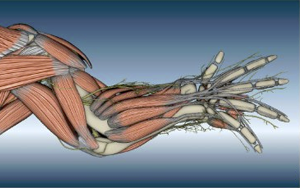 We are pleased to announce the 2.15.2 release of FluoRender. It mainly fixed several issues from the previous versions. Please see the release notes for more details. You can download FluoRender at www.fluorender.org.
We are pleased to announce the 2.15.2 release of FluoRender. It mainly fixed several issues from the previous versions. Please see the release notes for more details. You can download FluoRender at www.fluorender.org. Chris Johnson to Co-Chair and Host SIAM Computational Science and Engineering Conference
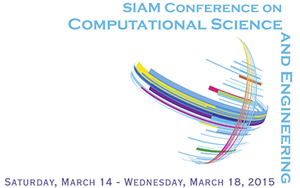 The SIAM Computational Science and Engineering 2015 Conference will be held March 14-18 at the The Calvin L. Rampton Salt Palace Convention Center, 100 S West Temple, Salt Lake City, UT 84101
The SIAM Computational Science and Engineering 2015 Conference will be held March 14-18 at the The Calvin L. Rampton Salt Palace Convention Center, 100 S West Temple, Salt Lake City, UT 84101We are expecting more than 1500 attendees. A large number of presentations will be given. See the Conference Program for details.
Both Sides of The Brain
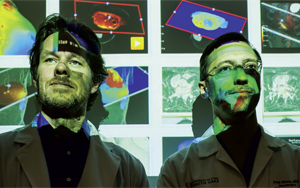 HOW UNIVERSITY OF UTAH HEALTH CARE REMAINS AMONG THE NATION'S BEST IN DEEP BRAIN STIMULATION (DBS)
HOW UNIVERSITY OF UTAH HEALTH CARE REMAINS AMONG THE NATION'S BEST IN DEEP BRAIN STIMULATION (DBS)From University of Utah Clinical Neurosciences Center Convergence (See page 12)
By Jennifer Dobner
It sounds like something straight from a scene in a science fiction film: Surgery that places a set of wires under the skull so that electrical signals can be transmitted to different areas of the brain. It's called DBS, or deep brain stimulation. And if the idea of it seems a bit wince-inducing or scary, then understanding the power of what it can do - quiet the tremors associated with Parkinson's disease and other brain disorders - will likely wash away any patient's fears.
Uintah 1.6 Released
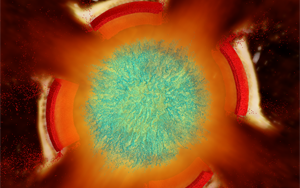 The Uintah software suite is a set of libraries and applications for simulating and analyzing complex chemical and physical reactions. These reactions are modeled by solving partial differential equations on structured adaptive grids using hundreds to thousands of processors (though smaller simulations may also be run on a scientist's desktop computer). Key software applications have been developed for exploring the fine details of metal containers (encompassing energetic materials) embedded in large hydrocarbon fires. Uintah's underlying technologies have led to novel techniques for understanding large pool eddy fires as well as new methods for simulating fluid-structure interactions. The software is general purpose in nature and the breadth of simulation domains continues to grow beyond the original focus of the C-SAFE initiative.
The Uintah software suite is a set of libraries and applications for simulating and analyzing complex chemical and physical reactions. These reactions are modeled by solving partial differential equations on structured adaptive grids using hundreds to thousands of processors (though smaller simulations may also be run on a scientist's desktop computer). Key software applications have been developed for exploring the fine details of metal containers (encompassing energetic materials) embedded in large hydrocarbon fires. Uintah's underlying technologies have led to novel techniques for understanding large pool eddy fires as well as new methods for simulating fluid-structure interactions. The software is general purpose in nature and the breadth of simulation domains continues to grow beyond the original focus of the C-SAFE initiative.Download Here
FluoRender 2.15.1 Released
 We are happy to announce the 2.15.1 release of FluoRender. For details, check the release notes and download FluoRender at www.fluorender.com.
We are happy to announce the 2.15.1 release of FluoRender. For details, check the release notes and download FluoRender at www.fluorender.com. FluoRender 2.15 Released
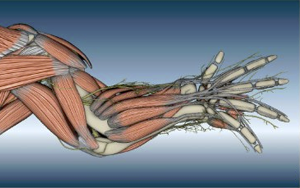 We are happy to announce the 2.15 release of FluoRender. For details, check the release notes and download FluoRender at www.fluorender.com.
We are happy to announce the 2.15 release of FluoRender. For details, check the release notes and download FluoRender at www.fluorender.com. NVIDIA Center of Excellence Renewed
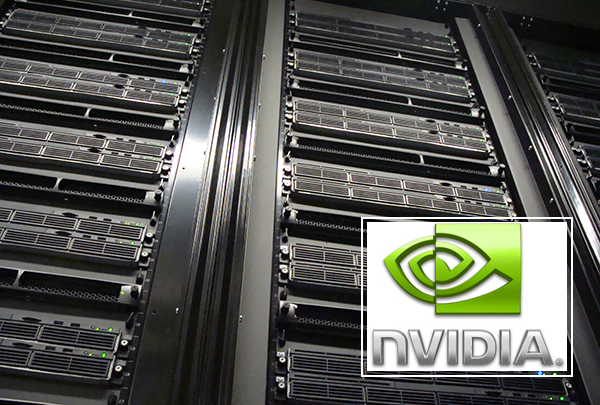 The NVIDIA Corporation, the worldwide leader in visual computing technologies has renewed the University of Utah's recognition as a CUDA Center of Excellence, a milestone that marks the continuing of a significant partnership, starting in 2008, between the two organizations.
The NVIDIA Corporation, the worldwide leader in visual computing technologies has renewed the University of Utah's recognition as a CUDA Center of Excellence, a milestone that marks the continuing of a significant partnership, starting in 2008, between the two organizations.NVIDIA® CUDA™ technology is an award-winning C-compiler and software development kit (SDK) for developing computing applications on GPUs. Its inclusion in the University of Utah's curriculum is a clear indicator of the ground-swell that parallel computing using a many-core architecture is having on the high-performance computing industry. One of twenty-two centers, the University of Utah was the second school to be recognized as a CUDA Center of Excellence along with the University of Illinois at Urbana-Champaign. Over 50 other schools and universities now include CUDA technology as part of their Computer Science curriculum or in their research.
U of U team finishes study of massive, mysterious explosion
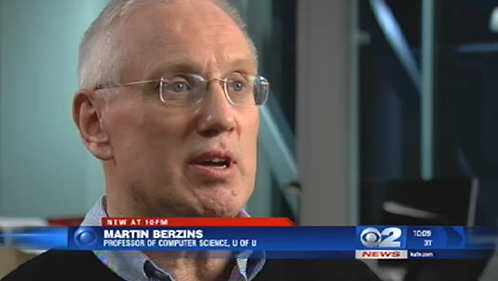 (KUTV) A team of researchers from the University of Utah is wrapping up an exhaustive five-year study looking into a mysterious explosion of a semi-truck in Spanish Fork Canyon back in 2005.
(KUTV) A team of researchers from the University of Utah is wrapping up an exhaustive five-year study looking into a mysterious explosion of a semi-truck in Spanish Fork Canyon back in 2005.The truck was packed with 35,000 pounds of mining explosives. It blew up after the truck rolled over, leaving a massive crater, 70-feet wide and 30-feet deep.
There were no fatalities but explosions like the one that happened on Aug. 10, 2005 are extremely rare. But the team of researchers is determined to prevent this type of incident from happening again.




